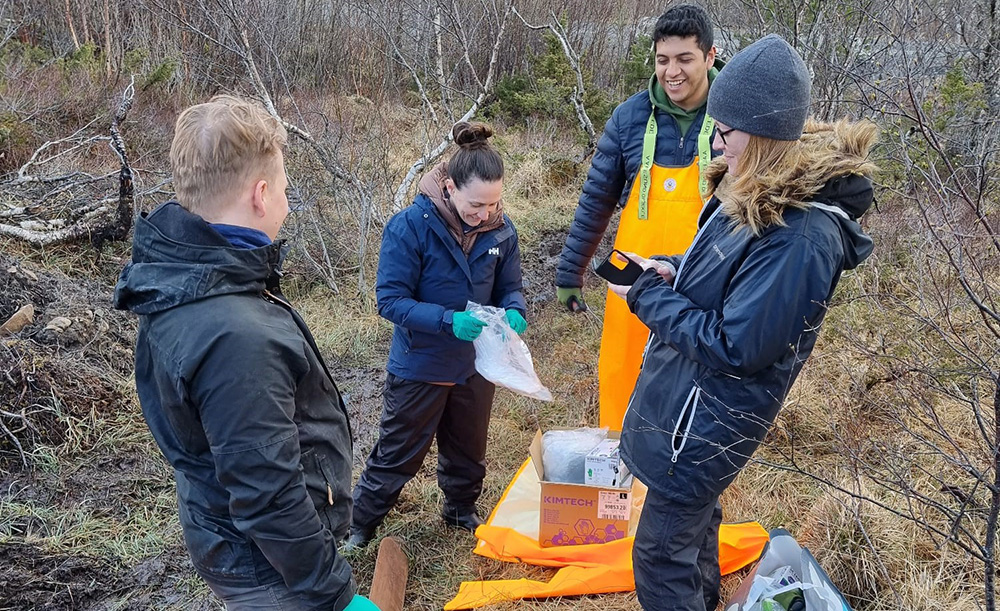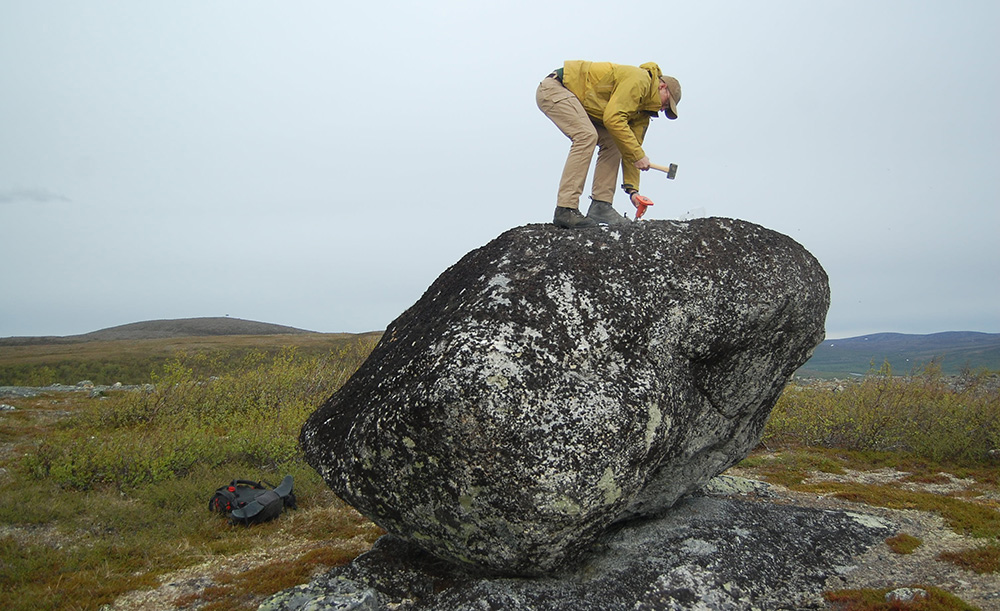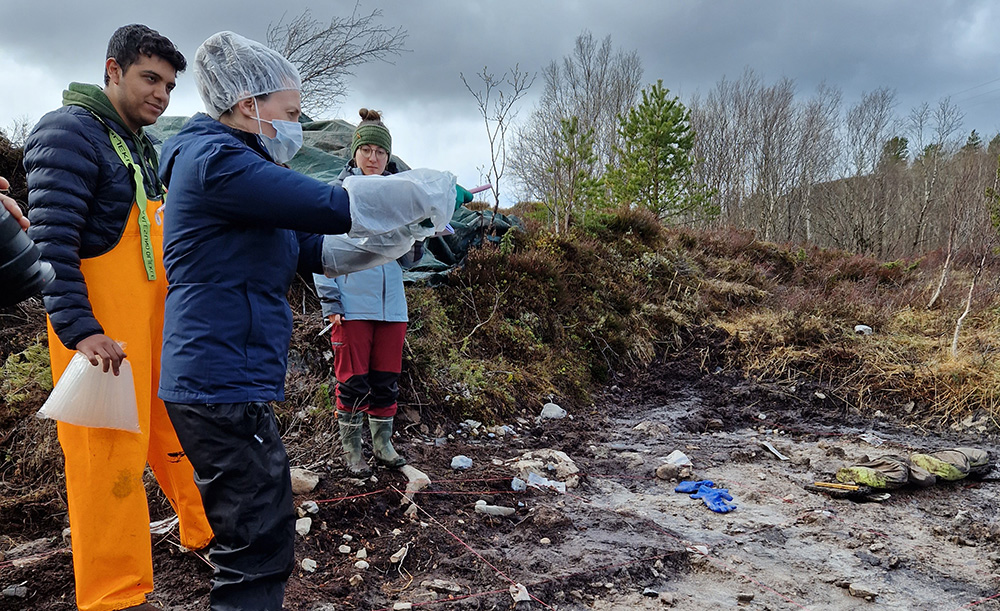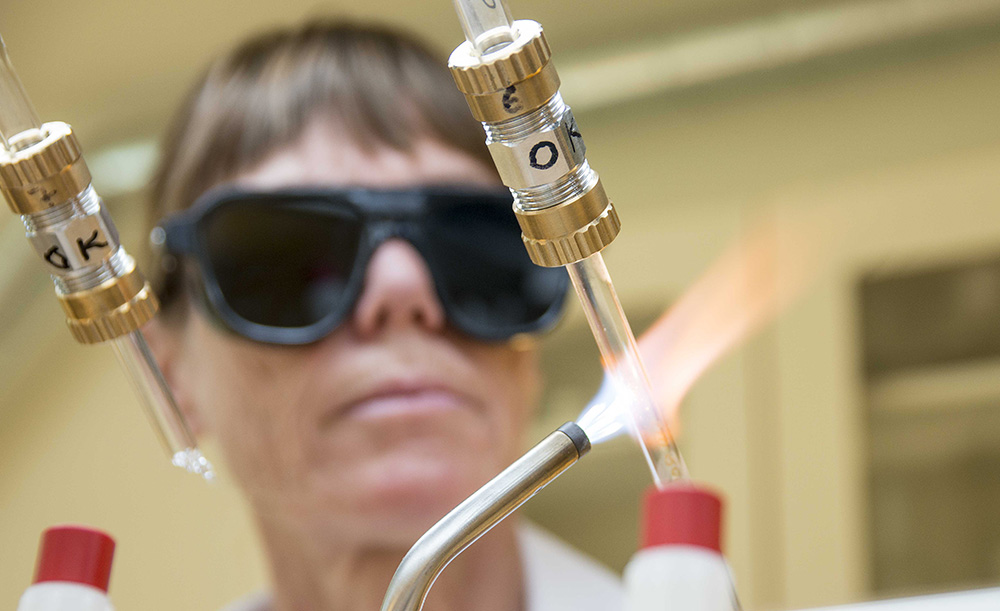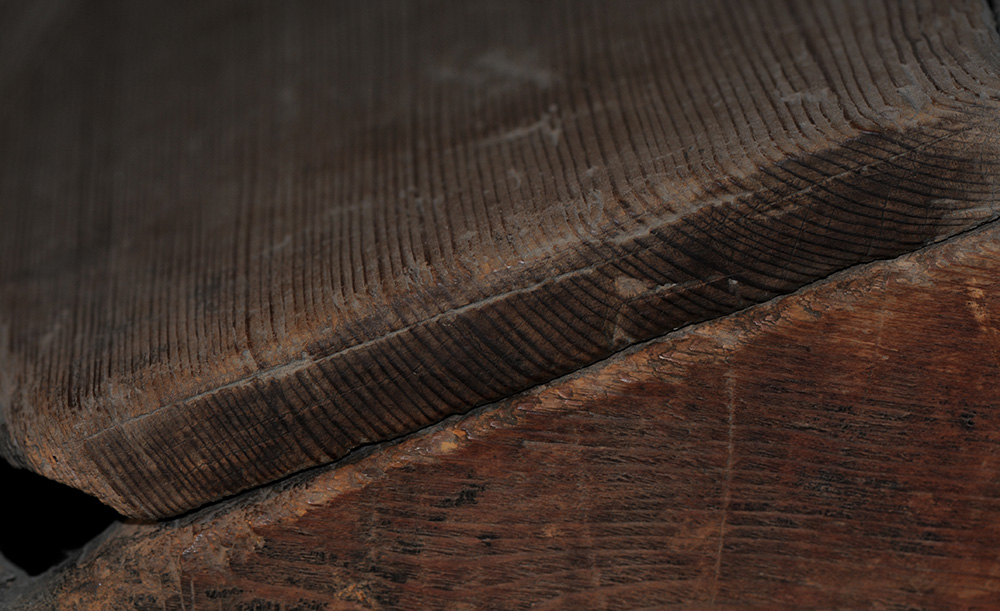Environmental Archaeology
The Environmental Archaeology Research Group seeks to enhance the knowledge of human–environment and human–animal interactions throughout prehistory and early history, taking a point of departure in the unique collections housed at the NTNU University Museum, and bringing together an interdisciplinary node of expertise. The group wishes to advance research on thematic areas, such as:
- Climatic change and environmental variability in spatial and temporal contexts
- Cultural resilience, adaptations, and transformations in changing environments
- Environmental impacts on human societies and animals
- Human and animal transformations to domesticated lifestyles
- Resource management and the role of outfield resources in a long-time-perspective
- Foodway dichotomies of rural and urban medieval life
- Climatic and environmental impact of cultural monuments and sites
The group explores epistemological and ontological pathways to understand issues of core importance to studying ecological questions of the past such as deep time, adaptability, and resilience.
Projects and research questions are approached by way of multidisciplinary and/or multiproxy studies, employing methods such as: 14C dating, stable isotope analysis, palaeo-genomics, RNA, proteomics (including ZooMS\peptide fingerprinting), osteology, trace analysis and distribution of raw materials, pXRF with different materials at hand: archaeological sites, features and artifacts, human and animal bones, macro- and microfossil and other sediment analyses.
